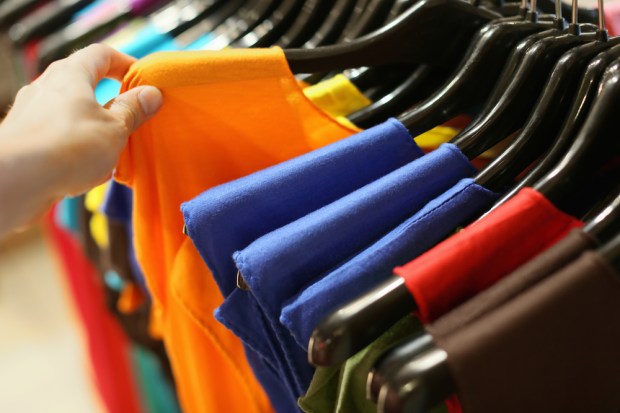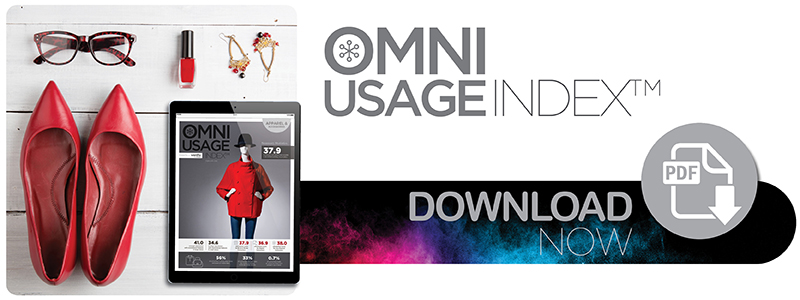NEW DATA: Why 66 Percent Of Consumers Buy Clothes Online

It isn’t an easy year to be an apparel retailer. Americans spend about half as much on apparel and accessories today than they did 30 years ago, and former retail giants in the space are struggling to keep up with digital competitors like Amazon.
So what’s an apparel merchant to do in these tough times? Go omni, of course.
Some of the biggest names from around the space are looking to boost their digital presence. Players like Gap, Nike and Tory Burch are partnering with digital players like Amazon, while other retailers like Nordstrom are redesigning their brick-and-mortar shopping experiences in order to better appeal to digital-happy customers.
But, according to research inside the latest PYMNTS.com Omni Usage Index™, these merchants have some high expectations to meet if they want to please consumers – and, so far, they seem to be struggling. Consumers surveyed in the Index gave apparel and accessory merchants an average satisfaction score of just 37.9 out of 100.
And these low scores were not limited to one channel. Digital consumers gave merchants an average score of 36.9 out of 100, while brick-and-mortar merchants performed slightly better, with an average satisfaction score of 37.9 out of 100.
Here are some key takeaways from the February 2018 edition of the Index:
- 41.0 vs. 34.6: Average satisfaction score for omnichannel features in large stores vs. small stores on a scale of 100
- 36.9 vs. 37.9: Average consumer satisfaction score for digital stores vs. brick-and-mortar stores on a scale of 100
- 56 percent: Amount of consumers visiting large stores who are aware of mobile apps
- 33 percent: Amount of consumers who have not made an online purchase in the last three months
Offering Consistency, Not Uniformity
Selling products through a variety of channels can be particularly challenging for accessory and apparel retailers.
Alex and Ani is all too familiar with those headaches. The company quickly grew from a Rhode Island-based startup in 2004 to an accessories giant, bringing in more than $500 million every year on the back of a wide range of sales channels, including online warehouses like Amazon, department stores like Nordstrom and jewelry stores in malls across the country.
In an interview with PYMNTS for the February 2018 Omni Usage Index feature story, Katherine Monasebian, the company’s head of eCommerce and marketing, explained how the company has worked to make those channels function well together. But she also noted that she and her team have looked to take advantage of the diverse properties of each channel and present a consistent – but not necessarily uniform – approach to consumers.
“We’ve noticed that products that are more about building a set or putting together a collection of different pieces [do well] in store [but] don’t do as well on the web,” she said. “We also noticed that products with a lot of detail, whether it’s the facets of a crystal or the texture of a piece, tend to appear flatter on the web.”
To find the rest of the data and insights, including nearly 750 data points, check out the inaugural edition of the PYMNTS.com Omni Usage Index.
About the Index
The PYMNTS.com Omni Usage Index, powered by Vantiv, is designed to measure consumer satisfaction with both in-store and online omnichannel features. The Index gauges the experiences of more than 2,000 consumers shopping at 400 stores, including 22 large merchant chains and small retail stores as well as online retail outlets. The Index analysis combines online purchasing data with our survey data to build out the scale of consumer satisfaction.

